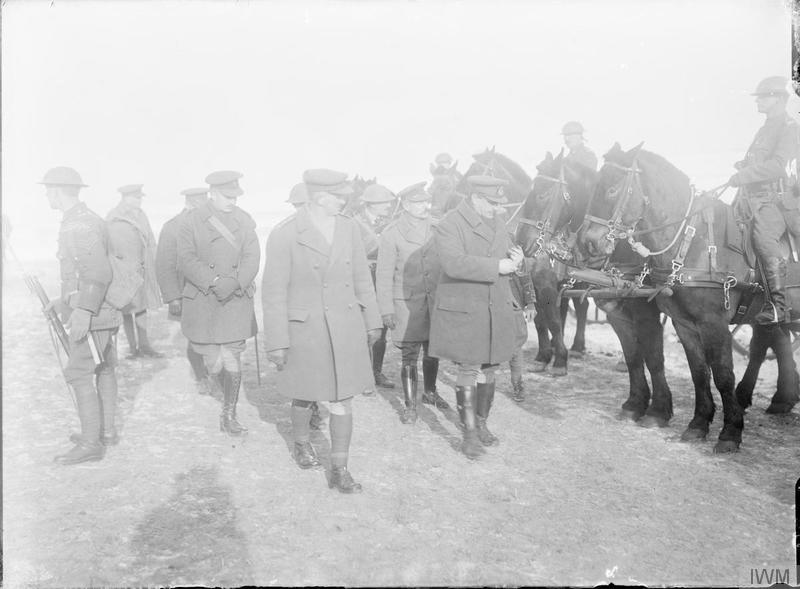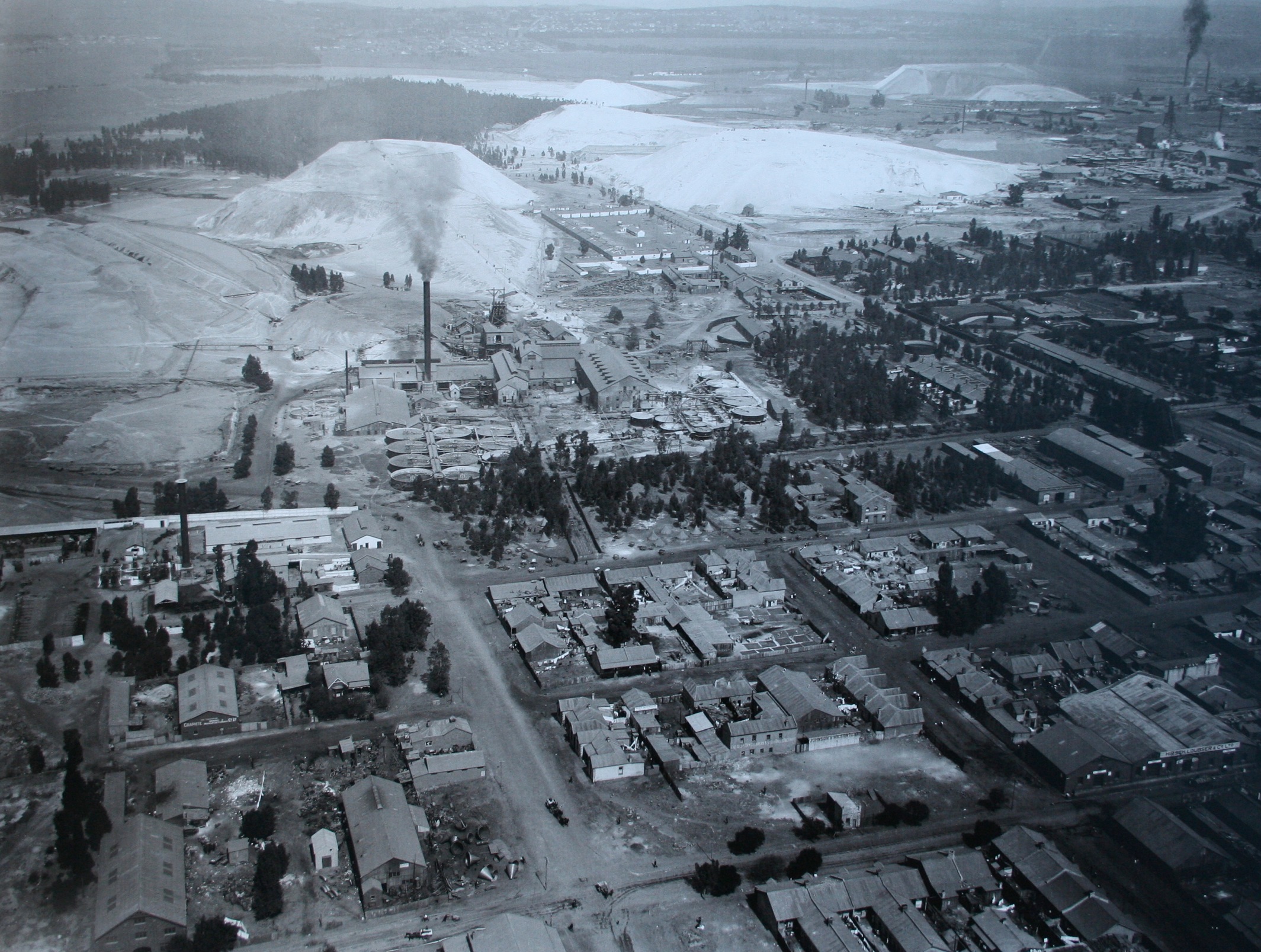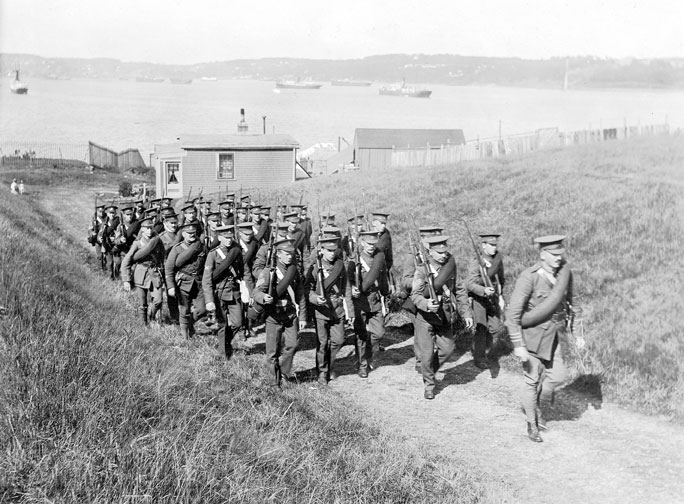|
Henry Edward Burstall
Lieutenant General Sir Henry Edward Burstall, (26 August 1870 – 8 February 1945) was a Canadian general. Born at Domaine Cataraqui, Sillery, Quebec, the son of the wealthy merchant John B. Burstall (1832–1896) and Fanny Bell Forsyth, daughter of James Bell Forsyth, the builder of Domaine Cataraqui, in 1831. Burstall was educated at Bishop's College School and the Royal Military College of Canada in Kingston, Ontario (1887–89)(#246). Military service He was commissioned in the Royal Canadian Artillery in 1889. In 1898 he served with the Yukon Field Force. He went to South Africa with the 1st Canadian Contingent during the Boer War. From 1901 to 1902, he served with the South African Constabulary in the Transvaal. He was promoted to lieutenant-colonel in 1908 and commanded the Royal Canadian Horse Artillery in 1911. During World War I, he was a brevet colonel and Brigadier-General in command of Artillery, 1st Canadian Division from 1914 to 1915. He was promote ... [...More Info...] [...Related Items...] OR: [Wikipedia] [Google] [Baidu] |
William Orpen
Major Sir William Newenham Montague Orpen, (27 November 1878 – 29 September 1931) was an Irish artist who worked mainly in London. Orpen was a fine draughtsman and a popular, commercially successful painter of portraits for the well-to-do in Edwardian society, though many of his most striking paintings are self-portraits. During World War I, he was the most prolific of the official war artists sent by Britain to the Western Front. There he produced drawings and paintings of ordinary soldiers, dead men, and German prisoners of war, as well as portraits of generals and politicians. Most of these works, 138 in all, he donated to the British government; they are now in the collection of the Imperial War Museum. His connections to the senior ranks of the British Army allowed him to stay in France longer than any of the other official war artists, and although he was made a Knight Commander of the Order of the British Empire in the 1918 Birthday Honours, and also elected a membe ... [...More Info...] [...Related Items...] OR: [Wikipedia] [Google] [Baidu] |
Legion Of Honour
The National Order of the Legion of Honour (french: Ordre national de la Légion d'honneur), formerly the Royal Order of the Legion of Honour ('), is the highest French order of merit, both military and civil. Established in 1802 by Napoleon, Napoleon Bonaparte, it has been retained (with occasional slight alterations) by all later French governments and regimes. The order's motto is ' ("Honour and Fatherland"); its Seat (legal entity), seat is the Palais de la Légion d'Honneur next to the Musée d'Orsay, on the left bank of the Seine in Paris. The order is divided into five degrees of increasing distinction: ' (Knight), ' (Officer), ' (Commander (order), Commander), ' (Grand Officer) and ' (Grand Cross). History Consulate During the French Revolution, all of the French Order of chivalry, orders of chivalry were abolished and replaced with Weapons of Honour. It was the wish of Napoleon, Napoleon Bonaparte, the French Consulate, First Consul, to create a reward to commend c ... [...More Info...] [...Related Items...] OR: [Wikipedia] [Google] [Baidu] |
Transvaal Colony
The Transvaal Colony () was the name used to refer to the Transvaal region during the period of direct British rule and military occupation between the end of the Second Boer War in 1902 when the South African Republic was dissolved, and the establishment of the Union of South Africa in 1910. The borders of the Transvaal Colony were larger than the defeated South African Republic (which had existed from 1856 to 1902). In 1910 the entire territory became the Transvaal Province of the Union of South Africa. History Both the Boer republics, the South African Republic (ZAR) and the Orange Free State were defeated in the Anglo-Boer War and surrendered to the UK. The peace treaty (Treaty of Vereeniging) contained the following terms: # That all burghers of the ZAR and Orange Free State lay down their arms and accept King Edward VII as their sovereign. # That all burghers outside the borders of the ZAR and Orange Free State, upon declaring their allegiance to the King, be transpo ... [...More Info...] [...Related Items...] OR: [Wikipedia] [Google] [Baidu] |
South African Constabulary
The South African Constabulary (SAC) was a paramilitary force set up in 1900 under British Army control to police areas captured from the two independent Boer republics of Transvaal and Orange Free State during the Second Boer War. Its first Inspector-General was Major-General Robert Baden-Powell, later the founder of the worldwide Scout Movement. After hostilities ended in 1902, the two countries became British colonies and the force was disbanded in 1908. Establishment On 22 October 1900, Field-Marshal Lord Roberts, commander-in-chief of Imperial forces in South Africa, issued Proclamation 24 which founded the SAC. The first Inspector-General of the force was Major-General Baden-Powell, who earlier in the war had been in command of the British garrison at the Siege of Mafeking. He showed exceptional ability in organising a force from scratch in a short space of time. In South Africa he recruited men from the two British colonies of the Cape and Natal and from overseas men ... [...More Info...] [...Related Items...] OR: [Wikipedia] [Google] [Baidu] |
Second Boer War
The Second Boer War ( af, Tweede Vryheidsoorlog, , 11 October 189931 May 1902), also known as the Boer War, the Anglo–Boer War, or the South African War, was a conflict fought between the British Empire and the two Boer Republics (the South African Republic and the Orange Free State) over the Empire's influence in Southern Africa from 1899 to 1902. Following the discovery of gold deposits in the Boer republics, there was a large influx of "foreigners", mostly British from the Cape Colony. They were not permitted to have a vote, and were regarded as "unwelcome visitors", invaders, and they protested to the British authorities in the Cape. Negotiations failed and, in the opening stages of the war, the Boers launched successful attacks against British outposts before being pushed back by imperial reinforcements. Though the British swiftly occupied the Boer republics, numerous Boers refused to accept defeat and engaged in guerrilla warfare. Eventually, British scorched eart ... [...More Info...] [...Related Items...] OR: [Wikipedia] [Google] [Baidu] |
South Africa
South Africa, officially the Republic of South Africa (RSA), is the southernmost country in Africa. It is bounded to the south by of coastline that stretch along the South Atlantic and Indian Oceans; to the north by the neighbouring countries of Namibia, Botswana, and Zimbabwe; and to the east and northeast by Mozambique and Eswatini. It also completely enclaves the country Lesotho. It is the southernmost country on the mainland of the Old World, and the second-most populous country located entirely south of the equator, after Tanzania. South Africa is a biodiversity hotspot, with unique biomes, plant and animal life. With over 60 million people, the country is the world's 24th-most populous nation and covers an area of . South Africa has three capital cities, with the executive, judicial and legislative branches of government based in Pretoria, Bloemfontein, and Cape Town respectively. The largest city is Johannesburg. About 80% of the population are Black South Afri ... [...More Info...] [...Related Items...] OR: [Wikipedia] [Google] [Baidu] |
Yukon Field Force
The Yukon Field Force, later termed the Yukon Garrison, was a unit of 203 officers and men from the Permanent Force of the Canadian Militia that served in the Yukon between 1898 and 1900. The force was created in the wake of the Klondike Gold Rush in response to fears that the United States might attempt to seize the region. It left Ottawa on May 6, 1898, travelling by rail and sea to the port of Glenora in British Columbia. From there, the unit made an arduous journey of on foot and using makeshift boats to Fort Selkirk, where they established their headquarters. A detachment of 72 men was sent to the boom town of Dawson City to support the North-West Mounted Police, with duties that included guarding the gold deposits of the local banks. As the fears of an annexation reduced, pressures grew for the recall of the force. The force was halved in size in July 1898 and the remainder were finally withdrawn in June 1900. Background The Yukon Field Force was created in response t ... [...More Info...] [...Related Items...] OR: [Wikipedia] [Google] [Baidu] |
Royal Canadian Artillery
, colors = The guns of the RCA themselves , colors_label = Colours , march = * Slow march: "Royal Artillery Slow March" * Quick march (dismounted parades): "British Grenadiers/The Voice of the Guns" * Trot past: "Keel Row" * Gallop past (horse artillery only): "Bonnie Dundee" , mascot = , anniversaries = * 1855: Militia Act of 1855 passed by the Parliament of the Province of Canada and creation the first truly Canadian army units * 27 November 1856: first Canadian Artillery unit formed (''Battalion of Montreal Artillery'') * 10 August 1883: ''Regiment of Canadian Artillery'' of the Permanent Active Militia authorized to be formed , equipment = * M101 howitzer#Variants, 105 mm Howitzer, C3 * GIAT LG1, 105 mm Howitzer, LG1 Mk II * M777 howitzer#Canada, 155 mm Howitzer M777C1 , equipment_label = Current weapon systems , battle_honours ... [...More Info...] [...Related Items...] OR: [Wikipedia] [Google] [Baidu] |
The Canadian Army On The Western Front, 1914-1918 Q1729
''The'' () is a grammatical article in English, denoting persons or things that are already or about to be mentioned, under discussion, implied or otherwise presumed familiar to listeners, readers, or speakers. It is the definite article in English. ''The'' is the most frequently used word in the English language; studies and analyses of texts have found it to account for seven percent of all printed English-language words. It is derived from gendered articles in Old English which combined in Middle English and now has a single form used with nouns of any gender. The word can be used with both singular and plural nouns, and with a noun that starts with any letter. This is different from many other languages, which have different forms of the definite article for different genders or numbers. Pronunciation In most dialects, "the" is pronounced as (with the voiced dental fricative followed by a schwa) when followed by a consonant sound, and as (homophone of the archaic pron ... [...More Info...] [...Related Items...] OR: [Wikipedia] [Google] [Baidu] |
Kingston, Ontario
Kingston is a city in Ontario, Canada. It is located on the north-eastern end of Lake Ontario, at the beginning of the St. Lawrence River and at the mouth of the Cataraqui River (south end of the Rideau Canal). The city is midway between Toronto, Ontario and Montreal, Quebec. Kingston is also located nearby the Thousand Islands, a tourist region to the east, and the Prince Edward County tourist region to the west. Kingston is nicknamed the "Limestone City" because of the many heritage buildings constructed using local limestone. Growing European exploration in the 17th century, and the desire for the Europeans to establish a presence close to local Native occupants to control trade, led to the founding of a French trading post and military fort at a site known as "Cataraqui" (generally pronounced /kætə'ɹɑkweɪ/, "kah-tah-ROCK-way") in 1673. This outpost, called Fort Cataraqui, and later Fort Frontenac, became a focus for settlement. Since 1760, the site of Kingston, Ont ... [...More Info...] [...Related Items...] OR: [Wikipedia] [Google] [Baidu] |
Royal Military College Of Canada
'') , established = 1876 , type = Military academy , chancellor = Anita Anand ('' la, ex officio, label=none'' as Defence Minister) , principal = Harry Kowal , head_label = Commandant , head = Josée Kurtz , undergrad = 1,160 full-time; 990 part-time , postgrad = 300 full-time , campus = 41-hectare peninsula east of downtown Kingston ( Point Frederick); Waterfront CFB Kingston , language = English, French , free_label = Call signs , free = VE3RMC; VE3RMC-9; VE3RMC-11 , athletics_affiliations = U Sports – OUA MAISA , colours = , sports_nickname = RMC Paladins , mascot = Paladin in scarlet uniform with shield (2009) , website = , footnotes = , city = Kingston, Ontario, Canada , coordinate ... [...More Info...] [...Related Items...] OR: [Wikipedia] [Google] [Baidu] |
Bishop's College School
Bishop's College School or BCS is an English-language non-profit independent boarding prep school in Sherbrooke, Quebec, Canada for students in Grades 7 to 12.Thomson, Ashley; Lafortune, Sylvie (1999). Handbook of Canadian Boarding Schools. Toronto: Dundurn Press Ltd. p. 488. .Le Bishop's College School attire des élèves de partout au Canada et à l'international. (2019, September 27). Retrieved June 06, 2020, from https://www.latribune.ca/la-vitrine/formation-enseignement-2019/le-bishops-college-school-attire-des-eleves-de-partout-au-canada-et-a-linternational-f162061d23b914437460fa4ee6322f97Bishop's College School continues to attract qualified students from both Canada and around the world. (2019, September 07). Retrieved June 06, 2020, from https://montrealgazette.com/sponsored/life-sponsored/bishops-college-school-continues-to-attract-qualified-students-from-both-canada-and-around-the-world Founded in 1836, BCS is the fifth oldest private school in Canada. BCS has the hi ... [...More Info...] [...Related Items...] OR: [Wikipedia] [Google] [Baidu] |







.png)

